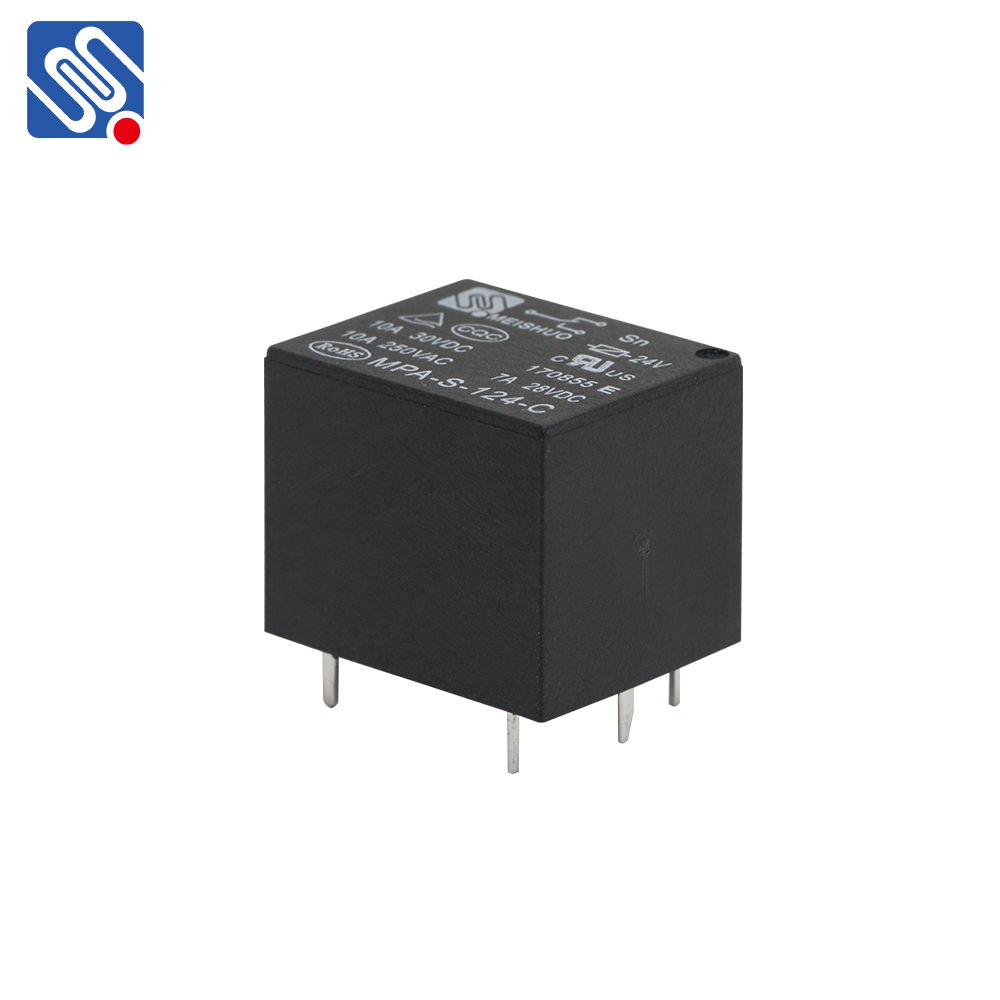relay product development: innovating for a smarter future
Release time:2025-04-22 01:01:42
Relay product development has evolved significantly over the years, shaping industries by improving the functionality, reliability, and versatility of relays in various applications. As one of the most critical components in the electrical and electronics industries, relays serve as essential switches that enable circuits to control electrical signals and systems efficiently. With advancements in technology, relay product development continues to push boundaries, incorporating smarter features and more reliable designs. This article will explore the key aspects of relay product development, from the basics of relays to the cutting-edge innovations shaping the future of this indispensable technology.

Understanding the Basics of Relay Technology
At its core, a relay is an electrically operated switch used to control a circuit by opening or closing contacts in response to an input signal. Relays are commonly employed in automation systems, automotive electronics, telecommunications, and even household appliances. The development of relays started with basic mechanical designs, but over time, engineers have incorporated electronic components and sophisticated materials to increase performance and reliability.
Traditionally, relays were designed with mechanical contacts, but the reliance on moving parts often led to wear and tear, limiting the lifespan and efficiency of the device. As a result,
Relay manufacturers sought to develop solid-state relays, which use semiconductors to switch electrical signals without mechanical parts, resulting in faster switching times and extended durability.


